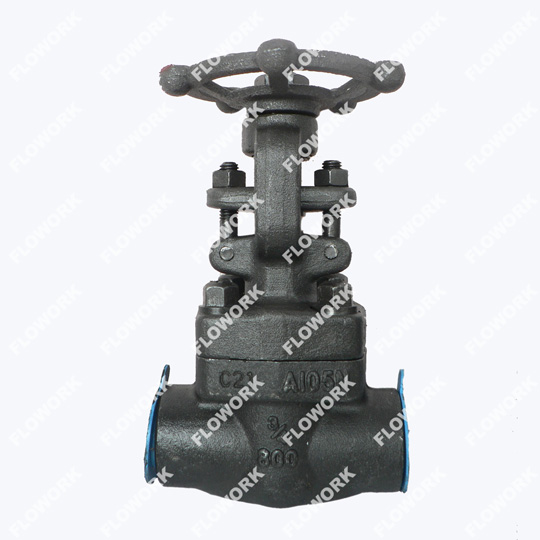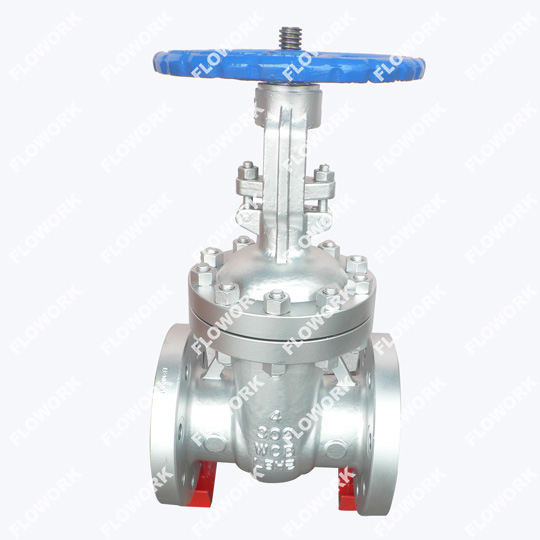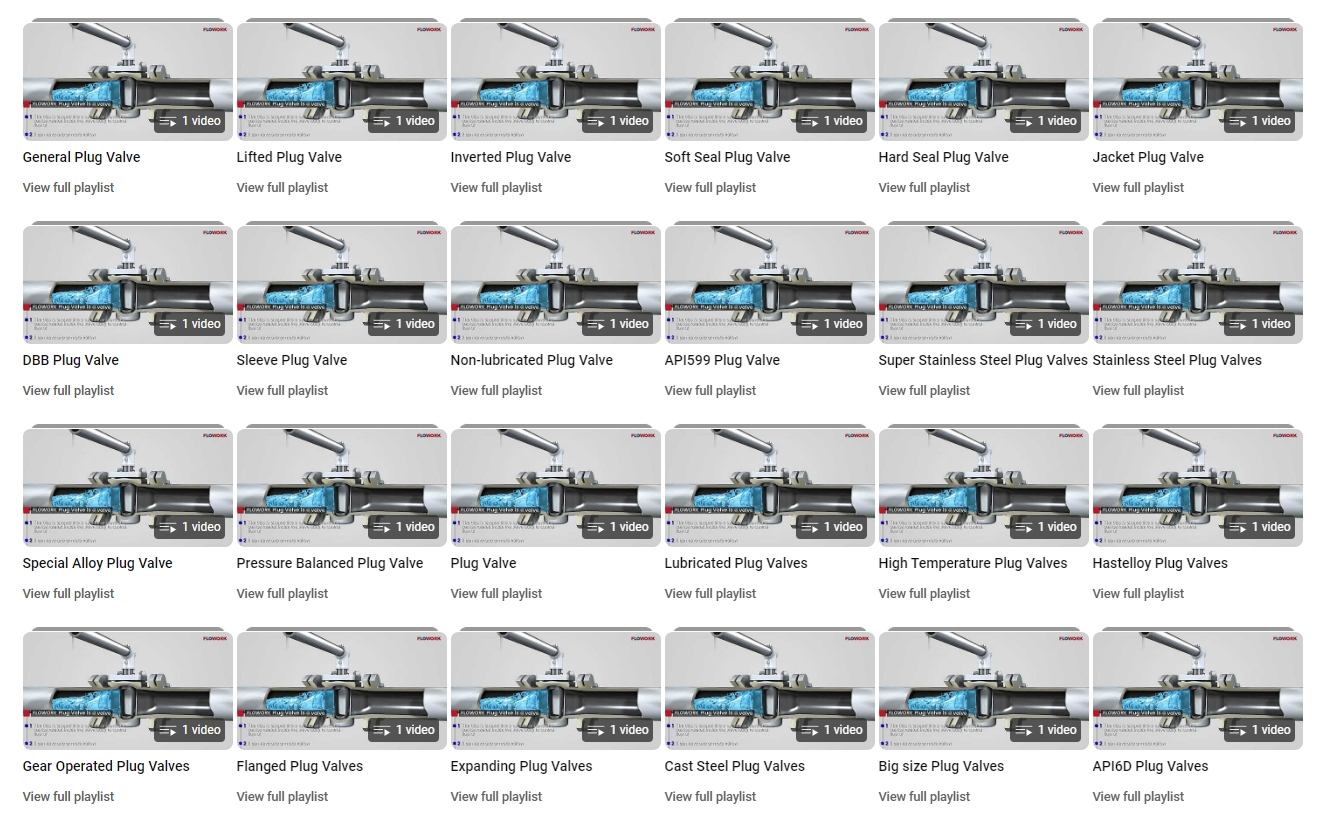What is the difference between cast steel and carbon steel valves?
Differences and applications of cast steel valves and carbon steel valves. I would like to discuss with you in detail the main differences between cast steel valves and carbon steel valves, including their manufacturing process, material properties, mechanical properties and application areas. I will provide you with valuable insights through an in-depth analysis of the chemical composition, manufacturing process, and performance characteristics of these two valves.
1. Selection of materials
During the manufacturing process of a valve, the choice of materials has a crucial impact on its performance, durability and application scenarios. Cast steel and carbon steel are two materials commonly used in valve manufacturing, each with unique properties and advantages. Below I will focus on the differences between these two material valves and analyze their applicability in different application scenarios, butterfly valve factory.

2. Cast steel valves: manufacturing and characteristics
Cast steel valves are manufactured through a casting process that involves pouring liquid steel into a mold, allowing it to cool and solidify to form the valve in the desired shape. Cast steel valves have the following features and advantages:
Good corrosion resistance and strength: Cast steel valves are usually made of high alloy steel, have excellent corrosion resistance and strength, and are suitable for a variety of fluid media and working environments.
Mature manufacturing process: The casting process has a long history and mature technology, and can produce valves of various shapes and sizes to meet the needs of different industrial fields, wholesale plug valve.
Cost-effective: The casting process enables large-scale production and reduces unit costs, making cast steel valves competitive in price.
However, cast steel valves also have some limitations, such as defects such as pores and shrinkage cavities that may occur during the casting process, as well as uneven mechanical properties caused by material anisotropy.

3. Carbon steel valves: manufacturing and characteristics
Carbon steel valves are manufactured through processes such as forging or machining. Their materials are mainly composed of iron and carbon, and small amounts of alloying elements can be added to improve performance. Carbon steel valves have the following features and advantages:
High strength and rigidity: Carbon steel has high strength and rigidity, can withstand high-pressure and high-temperature working environments, and is suitable for high-pressure fluid control fields such as petroleum and chemical industry.
Excellent machining performance: Carbon steel materials have good machining performance and can easily perform cutting, drilling, milling and other processing operations, making it easy to manufacture valves of various complex shapes.
Wide range of applications: Carbon steel valves are widely used in various fields, such as petroleum, natural gas, chemical industry, water treatment, etc., due to their excellent performance and relatively low cost.
However, carbon steel valves also have some limitations in certain application scenarios, such as poor tolerance to corrosive fluids and the need for anti-corrosion treatment; reduced toughness in low-temperature environments, etc, ball valve factory.
4. Comparative analysis of cast steel valves and carbon steel valves
Material properties: Cast steel valves are made of high alloy steel and have good corrosion resistance and strength; while carbon steel valves are mainly composed of iron and carbon and have high strength and rigidity. Select the appropriate material based on specific application needs.
Manufacturing process: Cast steel valves are manufactured using casting processes and can produce valves of various shapes and sizes; while carbon steel valves are manufactured using forging or machining processes and have good machining performance.
Application fields: Cast steel valves are suitable for a variety of fluid media and working environments; while carbon steel valves have advantages in high-pressure and high-temperature working environments and are widely used in petroleum, chemical industry and other fields.
Cost-effectiveness: Cast steel valves can achieve mass production and reduce unit costs; while carbon steel valves have relatively low costs due to the wide application of materials and mature production processes, wholesale gate valve.
All Of Our Videos By The Link Address: https://www.youtube.com/@floworkinc.5796/playlists
5. The following is my summary
Through an in-depth study of cast steel valves and carbon steel valves, I reveal the main differences in their manufacturing processes, material properties, mechanical properties and application areas. These differences give these two types of valves their own advantages and limitations in different application scenarios. In practical applications, selection needs to be made according to specific needs to achieve the best results and benefits.








